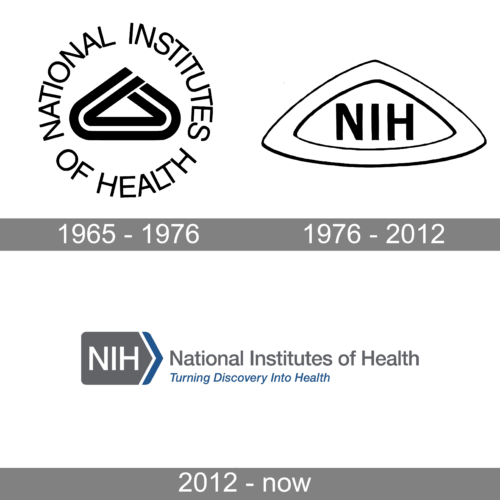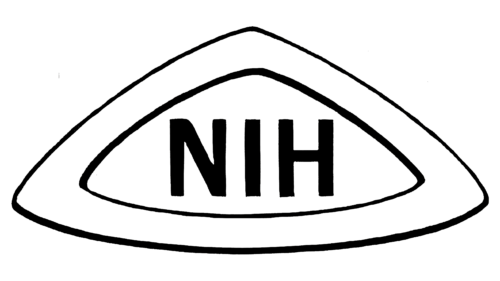The National Institutes of Health (NIH) is a primary agency of the United States government, responsible for conducting and supporting medical research. It operates under the U.S. Department of Health and Human Services. Founded in 1887, the NIH has evolved to become one of the world’s leading research institutions in the field of health and medicine. The agency is headquartered in Bethesda, Maryland, and oversees numerous research centers and institutes across the country. With a vast array of programs and initiatives, the NIH plays a crucial role in advancing the nation’s understanding of health, disease, and medical innovation.
Meaning and history
The National Institutes of Health (NIH) was established in 1887 by the United States government. Over its storied history, the NIH has been at the forefront of numerous groundbreaking medical discoveries and research advancements. Notable achievements include the mapping of the human genome, significant strides in cancer research, and pivotal studies related to infectious diseases. Today, the NIH remains a beacon of scientific excellence, driving innovation and enhancing public health through its commitment to research and development. Situated under the U.S. Department of Health and Human Services, it continues to shape the future of medicine and public health.
What is NIH?
The National Institutes of Health (NIH) is a U.S. government agency dedicated to biomedical research. Established in 1887, it operates under the U.S. Department of Health and Human Services, playing a key role in advancing health science and medical innovation.
1965 – 1976
The logo prominently features the emblematic design of an interlocking motif, subtly representing a unique blend of scientific endeavors and collaborative efforts. Encircling this emblem is the organization’s full name, “National Institutes of Health,” written in bold, capital letters. The black-and-white contrast intensifies the visual impact, emphasizing the organization’s role as a beacon in health and medical research. The simplicity of the design evokes the idea of clarity, suggesting that the institution seeks transparency in its research and findings. The circular layout of the text embodies unity and the cycle of scientific discovery that the institution thrives upon.
1976 – 2012
The logo elegantly captures the abbreviation “NIH” within the confines of a stylized triangle that resembles the roof of a house or institute. The bold, block letters of “NIH” stand proudly at the center, demonstrating the institution’s central role in health research. The triangle, with its apex pointing upwards, signifies the continuous upward trajectory of discovery, innovation, and advancements in health sciences. The black and white color palette accentuates the logo’s strength and resolve, while the overall minimalist design speaks to the institution’s focused and streamlined approach to health and well-being. The curved edges soften the sharpness, indicating a holistic and inclusive approach to research.
2012 – Today
The logo prominently displayed in the image belongs to the “National Institutes of Health” or commonly abbreviated as NIH. With its clean and authoritative design, the logo resonates with the institution’s pivotal role in the world of medical research.
At the forefront, the acronym “NIH” stands out boldly in a dark rectangular background, asserting its presence and dominance. The letters are written in white, making them distinctly visible against the darker shade. This choice of colors not only offers a stark contrast but also imparts a sense of clarity, aligning with the NIH’s mission of illuminating the path of health research. To the right of this, an arrow-shaped design element subtly points forward, symbolizing progress, advancement, and the forward-moving trajectory of scientific discovery.
Flanking the prominent abbreviation, the full name “National Institutes of Health” is written in a clear, legible font. Directly below this, the tagline “Turning Discovery Into Health” aptly summarizes the organization’s mission. The overall design is sleek and modern, yet timeless, reflecting the institution’s enduring commitment to advancing medical knowledge and its pivotal role in turning scientific discoveries into tangible health benefits for all. This logo, in all its simplicity and clarity, encapsulates the essence of the NIH – a beacon of hope, knowledge, and progress in the realm of global health research.











